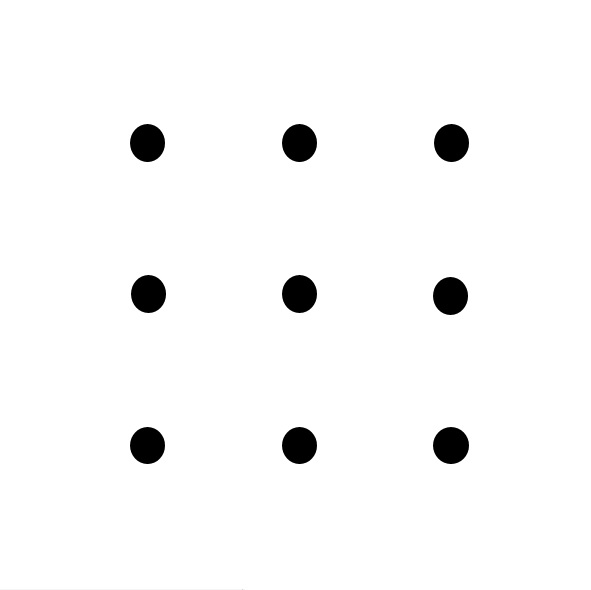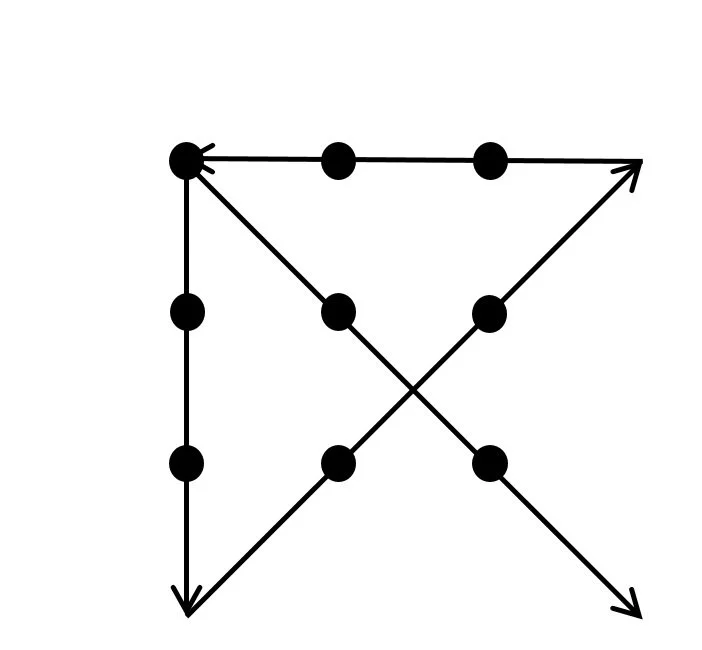fundamentals of creativity and the power of the crowd….
Have you ever wondered where ideas come from? Are you struggling to generate creative ideas? Are you curious about how you and your teams can be more creative? This article will help you to unlock your creative potential.
There are many myths associated with creativity, such as only certain people are creative and you can’t manage it…. or simply telling people to “think outside the box” will somehow magically make people generate creative ideas…. or ideas are a result of a single flash of inspiration, hence why the light bulb is used so extensively to represent an idea. This blog will show you why these are all myths!
Explorative creativity is important in the front end of innovation and divergent thinking is a key skill.
Children are incredibly good at divergent thinking. In the book ‘Breakpoint and Beyond: Mastering the Future Today, by George Land and Beth Jarman’. 1,500 people were tested as kindergartners, and 98 percent of the study's subjects scored at the genius level in divergent thinking. When they were ten, 32 percent of the same group scored as high, and by age fifteen, only 10 percent. When 200,000 adults were given the same test, only two percent tested at the genius level.
Therefore nearly everyone is born creative we just need to rediscover our childhood creativity!
So why does divergent thinking reduce as we get older?
One reason is that we constrain ourselves and we apply assumptions to situations, often unconsciously. For example, there is the nine dot puzzle:
The Task:
Draw four straight lines without the pen leaving the page, so that the lines go through every dot
Scroll down for the solution….
The Solution:
People will often constrain themselves, thinking they need to stay within the square or “box” formed by the dots, but this was never mentioned in the problem.
This is the origin of the saying “think outside the box”!
Another simple example is that if you ask children how many ways to use a paper clip, they will not constrain themselves by assuming a standard metal clip. They will add properties to the clip, such as what if the paper clip was magnetic? or change parameters like what if the clip was 12ft in length? or what if it was made of a super flexible material? Expanding the number of solutions!
So how can we increase creativity?
At it’s core are human factors. In the 1960’s book, ‘The Act of Creation, by Arthur Koestler’ he defined that psychologically humans think using frames of reference. These are particular ways of thinking that we have found useful in the past when given a particular situation. This also explains why we make so many assumptions and constraints. Within our frame of references our brains efficiently discount lots of things as irrelevant and we bring into our consciousness the know-how that can be applied to the current situation, and if the problem can be solved with the know-how available, we often don’t think to explore or research other ways before we start.
He described how the creative act is when we bring a previously unassociated frame of reference to bear on a topic within an existing frame of reference. It is from this new connection that ideas are created.
The fantastic conclusion of this theory is that creativity can be nurtured!
Creativity is like two separate paths coming together in the mind.
Within innovation we have a problem statement, which is one frame of reference. We state this problem and our brains will draw upon the know-how or technology database in our minds, this is the second frame of reference. From this we will come up with solutions or ideas to the problem.
Frame 1 - Expanding the technology database
Therefore to stimulate innovation at an individual or team level we can expand our technology database through exploration and gaining new insights to apply to the problem. It is important to give time for these insights to sink into the mind and make new connections. Our brains will subconsciously start making new connections which will then come forward into the conscious mind. This is why we sometimes get our best ideas when we’re in the shower or sleeping!
Also, if we all have a technology database in our head, you can expand the database by increasing the number of people involved, this is the logic and power of crowd searching. In a way you are short cutting the learning phase by tapping into a larger existing database of know-how to help solve your problem, the more diverse the crowd the better!
A diverse group of people helps to expand your technology database, differences in thinking need to be embraced.
Frame 2 - Playing with the problem statement
We can also re-frame the problem in a number of ways to spark different parts of the brain, or to search for new technology databases.
One example of this is analogous problem solving, you take a specific problem and raise the problem up to a more abstract level while keeping the same core problem. For example, you might be a company that makes vacuum cleaners, your problem statement could be “how to remove dust from a variety of surfaces like carpets and solid floors” You can take this statement and take the specifics out and derive a new problem statement such as “how do I remove particles of varying sizes from fibrous and non-fibrous surfaces”. This changes the frame of reference, tapping into new technology databases in the brain. It also allows you to explore new technology databases for insights. For example, how do wood yards remove sawdust from surfaces or the atmosphere? How do microelectronics clean rooms work? Tapping into new technology databases and applying them to your problem is often called “technology transfer”.
Don’t jump straight to idea generation, or to the first solution you can think of, explore first!
Summary:
Creativity studies have shown that people who spend time exploring and re-framing the problem in many different ways, who explore and gain new insights and give their brains time to process this learning, will develop lots of creative and novel ideas.
Our facilitation techniques can help unlock your teams creativity, we have created processes that maximise your teams potential.
We can support you with analogous problem solving and crowd-searching, and we have a range of offerings to suit your needs and budget.
We talk more about the types of creativity and teach techniques to help you be more creative in our training course:
Creativity & Design Thinking
Learning Outcome: The learner will understand the basic principles of creativity, how to nurture it and how to generate creative ideas.
please get in touch if you would like to know more about any of our services







